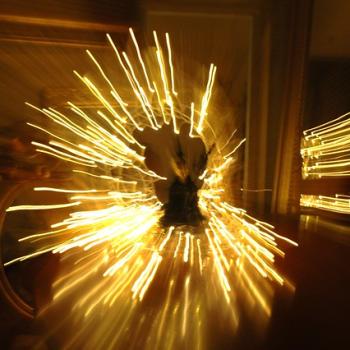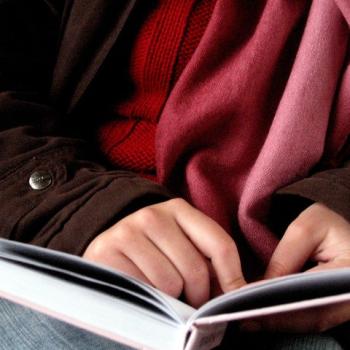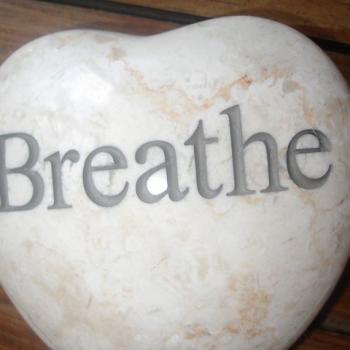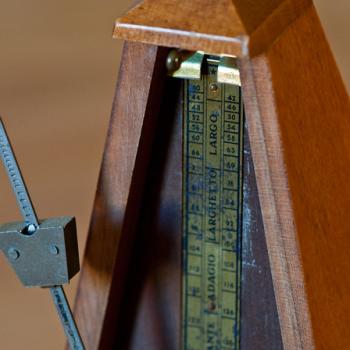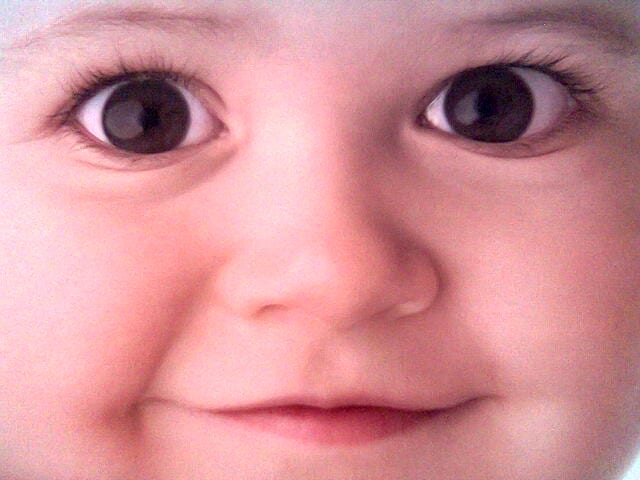
Looking Sacred Stillness in the Face
Some of us experience praying like reading a book. When we pray we read something written for us. We depend on other people to put our prayers into words so we know what to say. Many of us feel we do not know the appropriate words to use. We are nervous about praying the wrong way.
For others of us praying feels more like watching a video or a movie. There is a narrative which includes the big picture and we find a place for ourselves within the story. Sometimes we get caught up in details like the camera angles or plot twists of our prayers. It can be easy for us to lose the thread of the overall narrative.
We may experience prayer as like talking with someone on the phone or online. There are times when we try to have a conversation but do not get a very good connection. It may be hard for us to hear or be heard well. Sometimes we lose our connection completely and need to start over again. We may need to restart our entire system. It can feel like our battery is completely out of power.
A contemplative practice of listening to sacred stillness does not require any special equipment. It is a form of communication which does not rely on any devices, even books. When we listen to sacred stillness we are looking sacred stillness in the face.
We do not need to learn how to use any particular methods or paraphernalia. Our practice does not require we dress in special clothes, go to a specific place, or follow a script.
Looking sacred stillness in the face is a direct, personal, intimate practice. We are still, listening to the stillness within us and in the world around us.
What Happens While We Are Looking Sacred Stillness in the Face?
It can be a intimidating to look stillness in the face. Being still makes some of us nervous. The sacred aspect can also be a little overwhelming.
Each of us responds to sacred stillness in our own ways. Stillness may affect us in ways we do not expect. It can be a particularly emotional experience. Our hearts and minds might be flooded with memories or new insights.
Our contemplative practice, though, is not about holding onto what we experience as we listen. We continue to listen and allow whatever happens to us to wash over us, like water off a duck’s back.
Listening to sacred stillness, looking sacred stillness in the face, is about being open. Busying ourselves with trying to catch or remember what happens would require us not to be as open. Holding onto our experiences tears us away from our openness.
Looking sacred stillness in the face is about maintaining eye contact. We are not trying to persuade stillness or win its approval or get its attention. We look into the face of sacred stillness and the stillness looks into our face.
Listening to sacred stillness is a practice of sitting and resting in its loving gaze.
We are looking sacred stillness in the face, not trying to analyze or understand it. The wisdom in the stillness is far beyond our understanding.
Sitting still we recognize there is no boundary between us and the stillness. As we spend time sitting with sacred stillness we are remembering we are one. We do not need to organize or assess, categorize or evaluate the stillness.
Our entire relationship, entire connection, is beyond words, or thoughts, or feelings. We listen and look sacred stillness in the face.
We Sit Looking Sacred Stillness in the Face
When we sit still looking into someone’s face we begin to see things which have slipped past us. It is about more than recognizing the color of their eyes or the shape of their nose. In time we begin to see them for who they are.
Our relationship reveals more than words can say. We begin to see them for who they really are and we are revealed to be who we are. Looking sacred stillness in the face is about more than what we see at first glance.
A contemplative practice of looking sacred stillness in the face is more than a series of individual images. When we practice looking into the face of stillness we learn to recognize it. Even when we are not sitting still in our practice we begin to see the face of stillness in our everyday lives.
Looking sacred stillness in the face helps us recognize its features in the faces we see each day.
Like anyone’s face, there are depths hidden behind the surface of the face we see. Our practice of looking and listening shows us how to be open to the depths beneath the surface.
Looking Sacred Stillness in the Face in the Mirror
We spend time looking sacred stillness in the face and we begin to recognize our own faces.
The stillness we find in the world around us is the same stillness we find within ourselves. When we take time to practice looking and listening we begin to realize stillness is flowing through us.
Looking sacred stillness in the face helps us recognize how stillness shapes us and how we affect it. We begin to appreciate how much we need stillness, how thirsty we are for more of it.
As we practice being open to the face of sacred stillness we recognize its features on our own faces. Stillness wraps us in its arms like a protecting blanket and looks us in the eye. We start to understand how essential stillness is to us.
Even when we are not trying to practice looking sacred stillness in the face there will be times when we catch a glimpse of it out of the corner of our eye.
When will we spend time looking sacred stillness in the face today?
What will we recognize as we are looking sacred stillness in the face this week?
[Image by Cubosh]
Greg Richardson is a spiritual life mentor and coach in Southern California. He is a recovering attorney and a lay Oblate with New Camaldoli Hermitage near Big Sur, California. Greg’s website is StrategicMonk.com and his email address is [email protected].



